If you’re looking for ways to spark love for nature and get your hands dirty (in the best way possible!), then you’ve come to the right place. Fun interactive activities are great for young children to adults in a work setting.
From sensory exploration to hands-on crafts, our top picks offer learning opportunities and fun. And the best part? You don’t need acres of land or a huge backyard – with a bit of creativity, you can turn everyday things into plant powerhouses!
In this blog, we will cover:
___________________________________________________________
Make an Eggshell Garden
One of our favourites is an eggshell garden. It’s simple and eco-friendly, and, you’re left with some great produce to use.
To make an eggshell garden:
- Crack the top off some eggshells, or use old eggshells you have been saving up
- Rinse them out (carefully!) and decorate them with paint or markers.
- Then, fill them with soil* and nestle some seeds in, not too far from the surface. We recommend radish or cress, but you use really anything you like.
- Place indoors near a window, and remember to spray with water roughly once a day.
Tip* We use our peat-free soil that we have leftover from projects, but you can use any soil that you find. Try and dig down a bit further into the ground to get the soil with all the nutrients.
Not only will you get to watch the miniature gardens sprout, but you’ll also learn about the life cycle of plants in an interesting, engaging way. Next time you happen to cook eggs, save the shells and you’ll have freshly grown cress or radish toad to your dish for added flavour and crunch!
___________________________________________________________
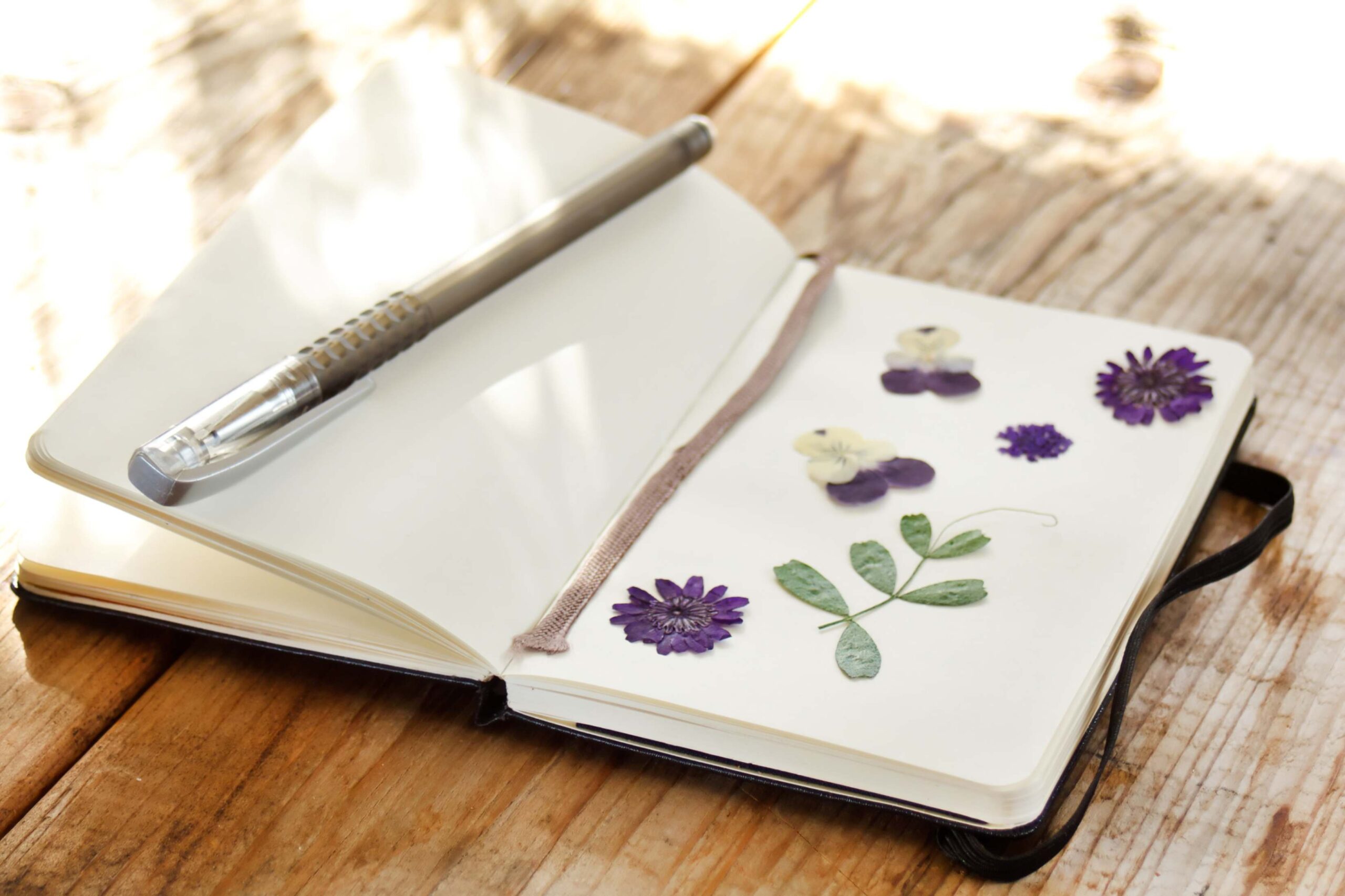
Creating a DIY Plant Journal
Gardening isn’t just a fun pastime – it’s also an incredible learning opportunity for our littlest ones. One of our favourite early years garden ideas is creating a plant journal.
To make a plant journal:
- A blank notebook or journal is a good way to document gardening adventures and observations – Find one to house your plant journal.
- Then, draw pictures of plants, record growth observations (maybe you could include your cress/ radish from the eggshell gardens!) and even include fun facts or trivia.
This will foster writing and observation skills, and also instill a sense of responsibility and care, especially in children.
___________________________________________________________
Creating a DIY Terrarium
Building a terrarium is not only a captivating activity, but it also introduces the wonders of indoor gardening and self-contained ecosystems.
To make a DIY Terrarium:
- Find a glass jar or bowl that you can create a terrarium in – Preferably with a lid to keep the humidity inside.
- Layer rocks, activated charcoal (you can buy this off amazon), and soil, and then carefully arrange your chosen plants.
- Add decorative elements like figurines or stones.
- Pop it near a window and don’t forget to mist the terrarium once a week to create a humid environment for the plants to thrive.
It’s a miniature world that you can observe and care for right in your own home – feel free to introduce living organisms such as snails, small insects etc.
___________________________________________________________
Designing a Mini Garden
For an extra dose of hands-on learning, why not design a mini garden? A mini garden is normally bigger than a terrarium, and includes small to medium-sized plants that thrive in the open air rather than a closed jar or bowl.
How to make a mini garden:
- Get a container or tray,
- Arrange plants, rocks, and other decorative elements to create your very own tiny oasis.
- You can anything from Lego characters to mini houses – the world is your oyster!
This activity enhances skills such as plant care, design principles, problem-solving, and fine motor skills – all while allowing creativity to blossom. Furthermore, plants purify the air.
___________________________________________________________
Making Your Own Wildflower Seed Paper
Another craft is creating your very own wildflower seed paper.
To make your own seed paper:
- Recycle some old paper you have lying around the house
- Using a blender, blend it into a pulp.
- Mix in some wildflower seeds.
- Then, spread the mixture onto a paper-making screen (you can make your own). it’s simply four pieces of wood in a square or rectangle, with a piece of muslin cloth stapled to it.
- Once it’s ready, you can cut out shapes or designs, and voila – you’ve got plantable paper!
Create cards or bookmarks, and then plant your creations to watch the wildflowers bloom.
___________________________________________________________
Conclusion
At the end of the day, gardening is about so much more than just getting outdoors. It’s about sparking curiosity, nurturing creativity, and fostering a deep appreciation for the natural world around us.
Whether you’re crafting eggshell gardens or designing miniature terrariums, each activity is an opportunity to teach valuable lessons about patience, responsibility, and the importance of environmental stewardship. And who knows? You might just discover a passion for gardening and nature.
Diving into these activities isn’t just about fun; it’s about laying the groundwork for a lifelong appreciation of nature. You’re not only making memories but also sowing the seeds of knowledge and exploration. So go ahead, and get your hands dirty – Happy planting!

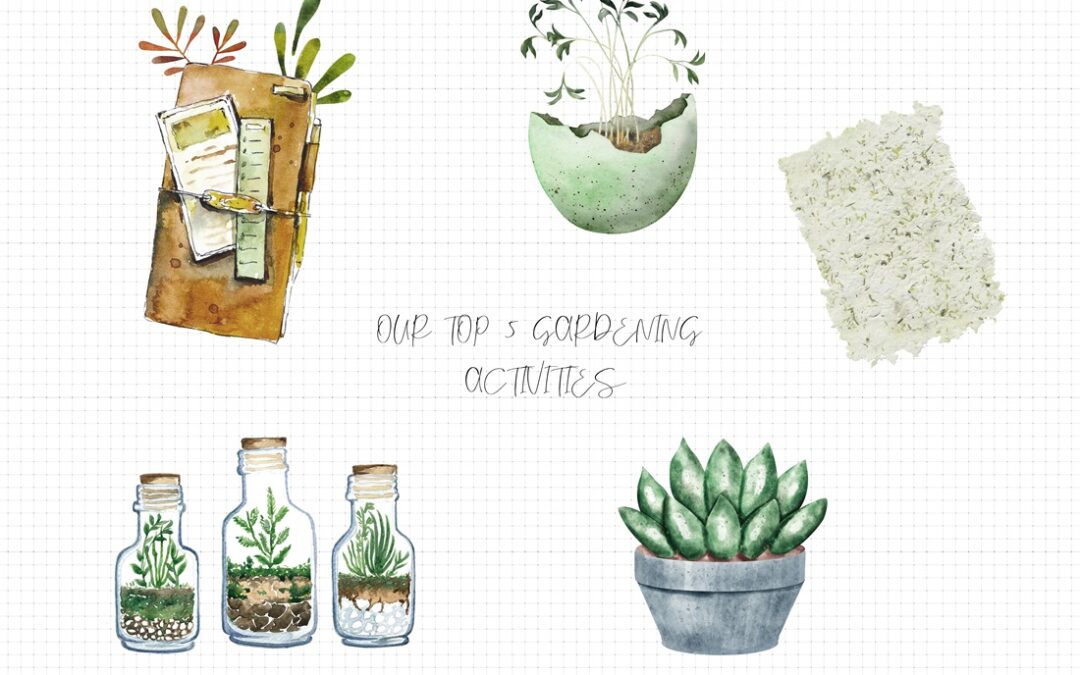
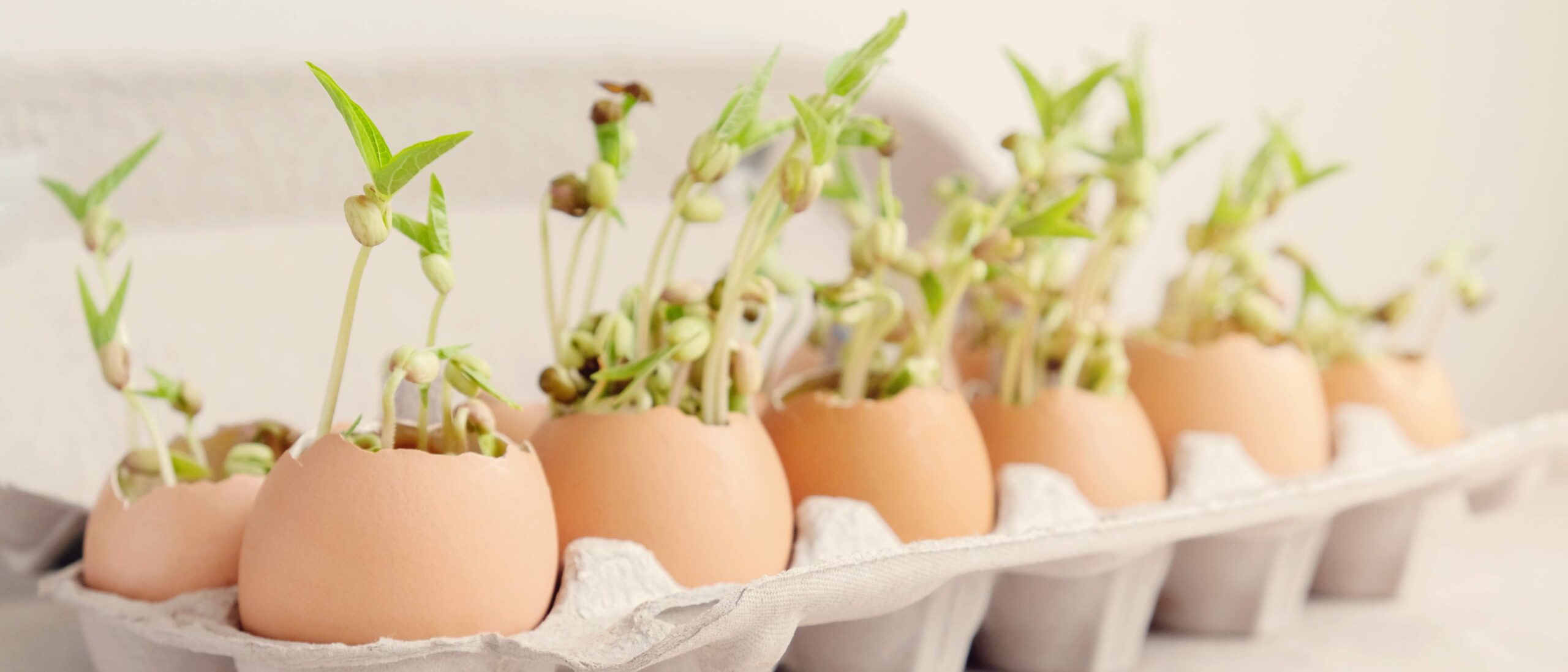
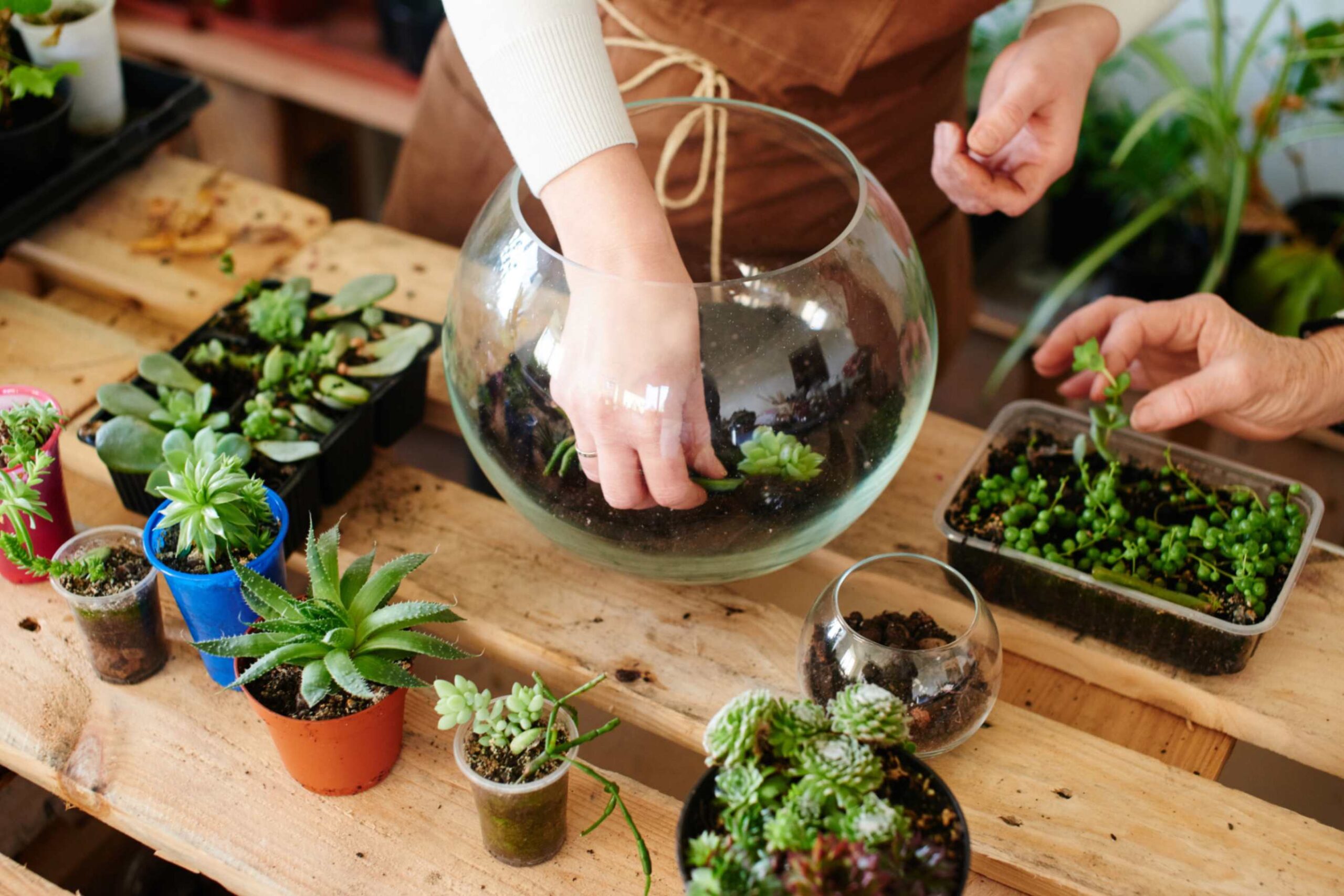
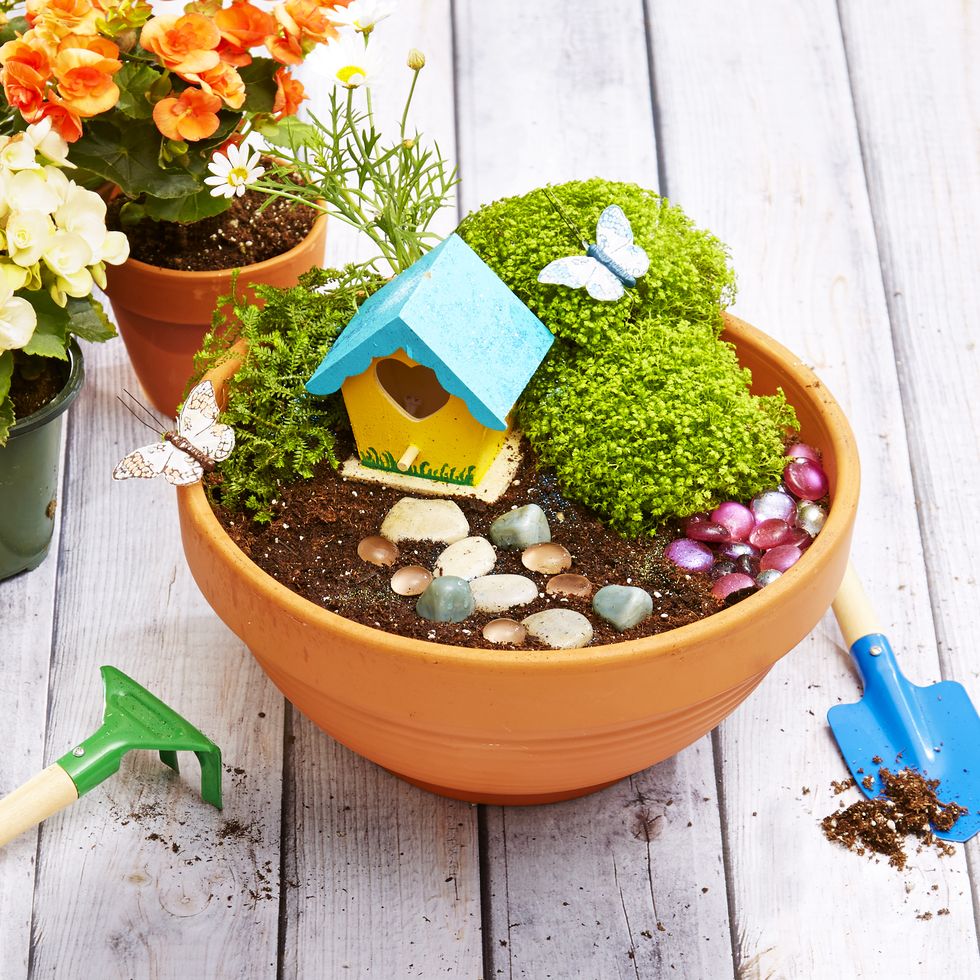
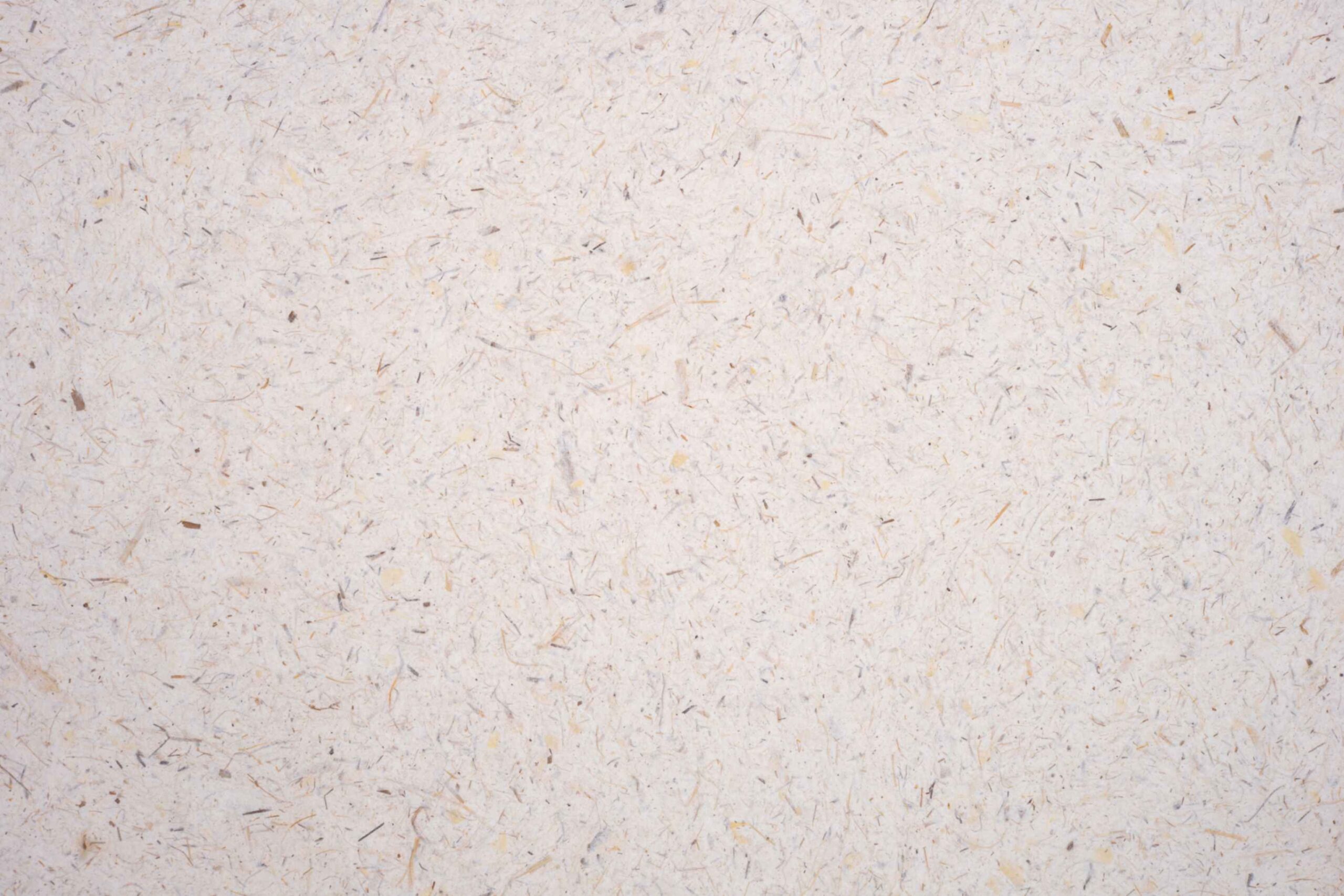
Recent Comments